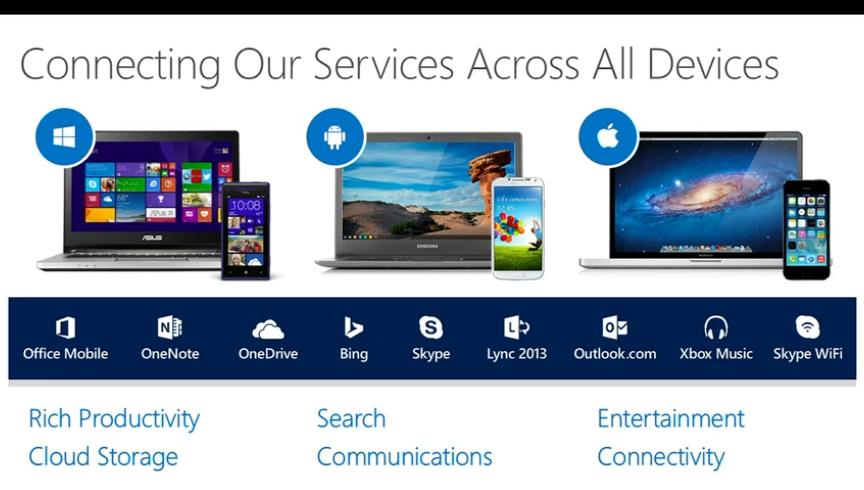With the increasing breach of sensitive data held in Cloud, many enterprises, medium and large, are now worried about Cloud Security. According to a survey by Clutch, Security was ranked among the top Cloud Computing benefits by 22% of the 300 respondents. Whereas, 31% of the respondents identified security as a major challenge. In this article, we will discuss some of the major Cloud Security Challenges facing the enterprises and whether they can be overcome.
Data Security: Ensuring Data Security while moving to the Cloud can be a difficult task. Data breaches continue to increase at an alarming rate with the increase in Cloud adoption. But, designing and implementing a proper cloud security database structure can help reduce the risk. Transparent and Application level encryption can help protecting the data at file-level or application-level.
Shadow IT: Businesses are evolving quickly and in order to get things done, internal business units are often bypassing IT security controls via Shadow IT without thinking about the vulnerabilities. This poses a serious threat to data security. Enterprises can prevent the leakage of sensitive data by encrypting it and by implementing intelligent key management models like AWS KMS, Microsoft KMS, etc. which allow access control to encrypted data.
Cyber Attacks/Conflicts: With the improvements in technology, the attacks are becoming complex as well. Proper Cloud Encryption tools like nCrypted Cloud, Gemalto SafeNet and Sophos can prevent cyber security attacks and create a safer environment for enterprises. A majority of organizations will agree that Data Encryption is one of the best things they can do to reduce the risk of cyber-attacks.
Compliance Issues with CSPs: Enterprises are concerned with the lack of control over the location of data, vulnerabilities from shared infrastructure, and privileged user abuse at the Service Provider. They want their CSPs to help them in data security, data protection, and data management issues. But, most of the service providers are not ready to address the major security challenge that concerns the enterprises. The service providers should take a note that even though they meet the compliance standards for data privacy like ISO 27001, PCI DSS, etc., they still need to take into account the security needs of enterprises to continue doing business.
Final Thoughts: Cloud security challenges are not insuperable. In order to overcome these challenges, enterprises and service providers need to follow the best security practices such as encrypting their data, employing strong authentication and access controls, and keeping a track of new vulnerabilities and attacks on a regular basis.


